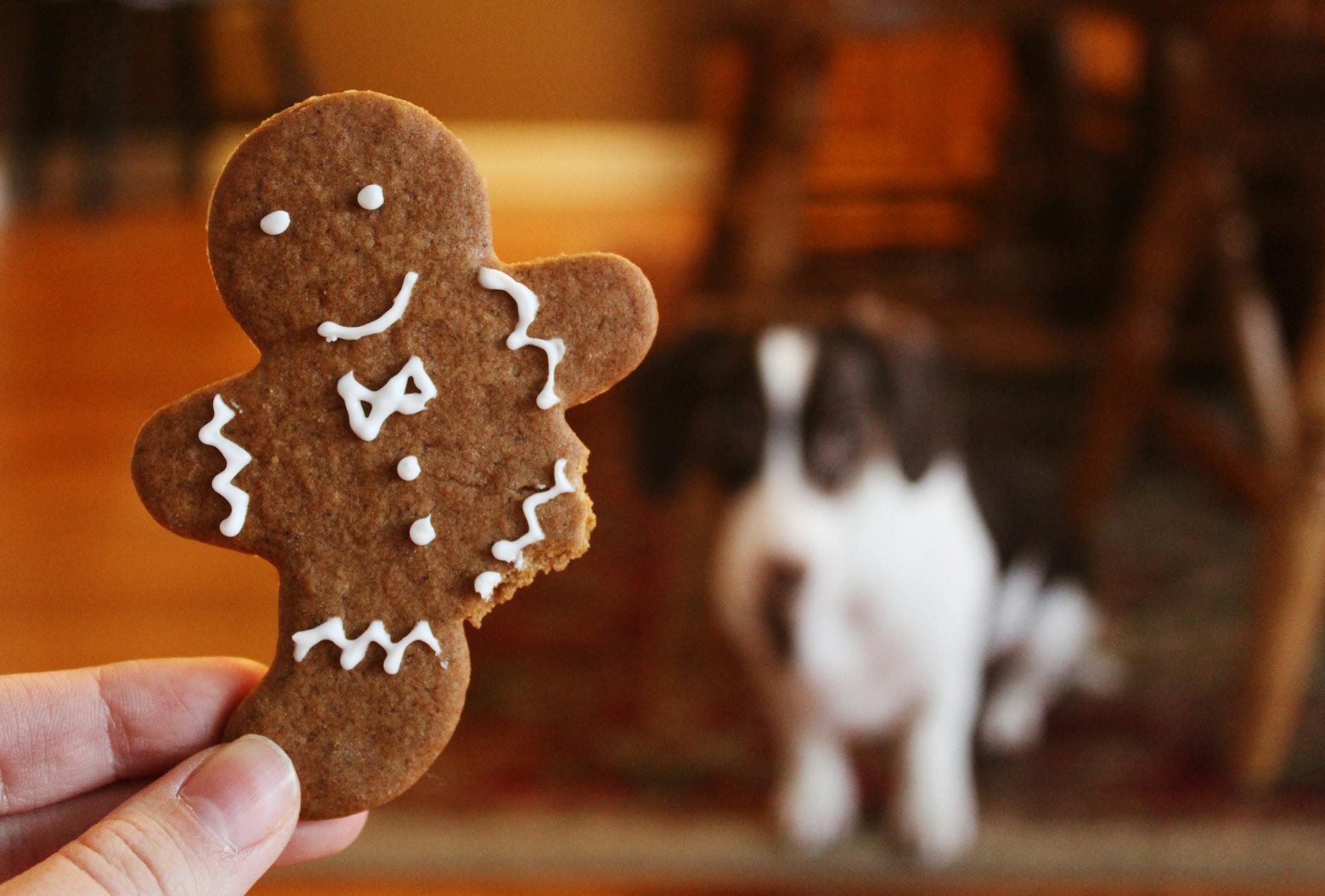How to Ace Doggo Toilet Training Now!

Housebreaking your puppy can be a daunting task, but with the right techniques and a consistent approach, it can be done with ease. The keys to successfully toilet training your canine friend are understanding their needs, being patient, and using positive reinforcement to encourage desired behaviours. Let's explore some effective strategies that will help you housebreak your pup efficiently.
Understanding Your Dog's Needs
Before diving into specific strategies, it's important to recognise that puppies can typically control their bladders for one hour per month. So, if your dog is three months old, it's reasonable to expect them to hold it for up to three hours. Keep this in mind when setting your expectations and developing a schedule.
Establish a Consistent Schedule
Consistency is the cornerstone of effective toilet training. Establishing a routine helps your pup understand when and where it's appropriate to relieve themselves. A good schedule includes taking your dog out.
-
First thing in the morning
-
After every meal
-
After naps
-
During and after physical activity
-
Last thing at night
By sticking to these times, your pup will quickly learn that there are specific times for going to the bathroom.
Create a Designated Bathroom Spot
Choose a specific spot outside for your pup to use as their bathroom. Consistently taking them to this spot will help them associate it with going potty. Use a simple command like "go potty" to encourage them, and they will soon start to understand what is expected when they are taken to this spot.
Utilize Reward-Based Training
Rewards play a pivotal role in reinforcing positive behaviour. Whenever your dog successfully goes to the bathroom outside, immediately reward them with praise, a treat, or their favourite toy. This positive reinforcement will make them more likely to repeat the behaviour in the future.
Supervise and Confine
Supervision is crucial during toilet training. Watch for signs that your pup needs to go, such as circling, sniffing, or whining. If you can't supervise, confine your dog in a small area or use a crate. Dogs naturally avoid soiling their sleeping area, so this can help prevent accidents indoors.
Handle Accidents Calmly
Accidents will happen, and it’s important to handle them correctly. Don't punish your dog after an accident; they likely won't understand why they’re being punished and may become fearful. Instead, interrupt them with a gentle, "Oops!" and immediately take them to their designated bathroom spot to finish.
Keep Sessions Short and Sweet
Puppies have short attention spans, so keep training sessions brief but frequent. A few minutes of focused training, several times a day is more effective than longer, sporadic sessions.
Be Patient and Persistent
Patience is essential when housebreaking your dog. Every pup learns at their own pace, so it's important to stay calm and persistent. With time and consistent effort, your dog will learn.
The Takeaway
Housebreaking your pup requires a combination of understanding, consistency, rewards, and a solid schedule. By following these strategies, you can set your dog up for success and enjoy a cleaner, happier home. Remember, the sooner you start implementing these practices, the sooner you'll see results. So, don't delay—start your doggo's toilet training today!